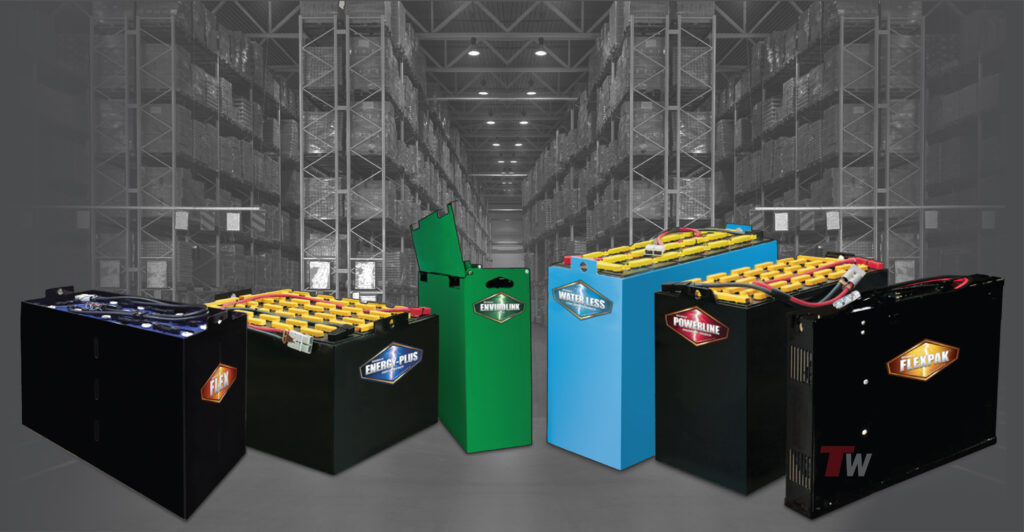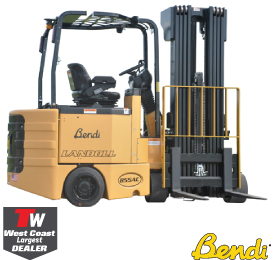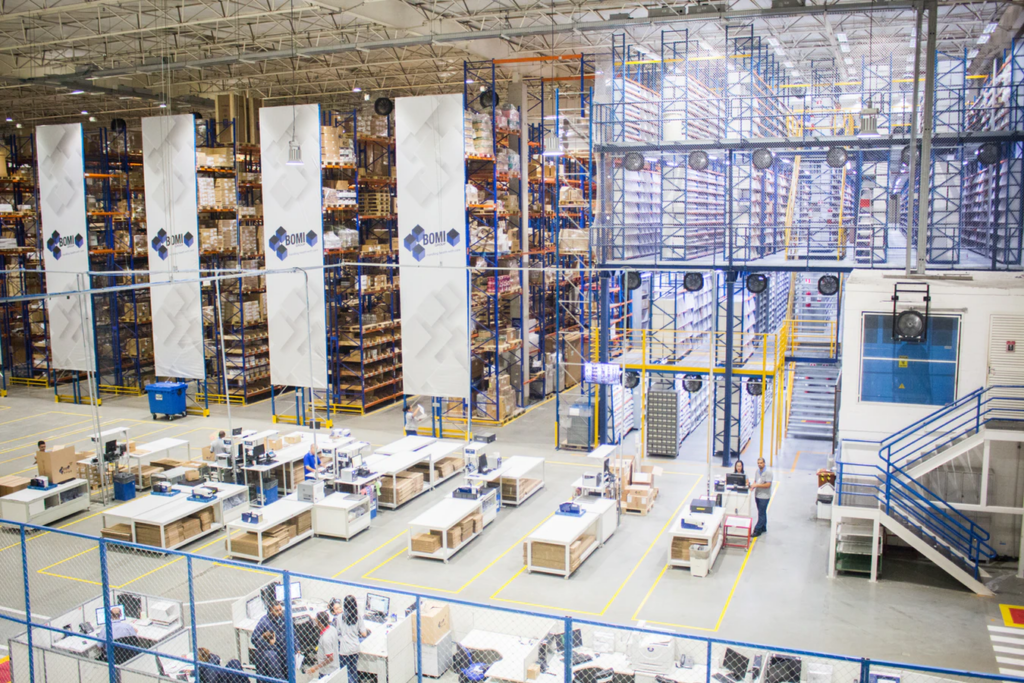Warehouse managers understand the importance of operational efficiency and rely on consistent forklift productivity, which hinges on dependable power supplies able to run in punishing environments nonstop. Yet overhauls of aging fleets placing heavy demands on traditional lead-acid batteries risk unforgiving downtime that halts distribution center flow at enormous business cost. Optimizing power management and adopting longer-lasting premium alternatives emerge as imperative.
This guide explores core concepts from ideal charging protocols to preventative maintenance that preserves efficiency. It also dives into the newest battery and alternative energy offerings for reshaping material handling. Follow proactive optimization strategies elevating your forklift power sources from leading culprit-dragging operations to leading driver lifting productivity to untouchable levels. Gain the insider knowledge and upgrade roadmap for engineering uptime and bottom line gains through strategic power utilization planning for your growing demands.
Selecting the Optimal Battery
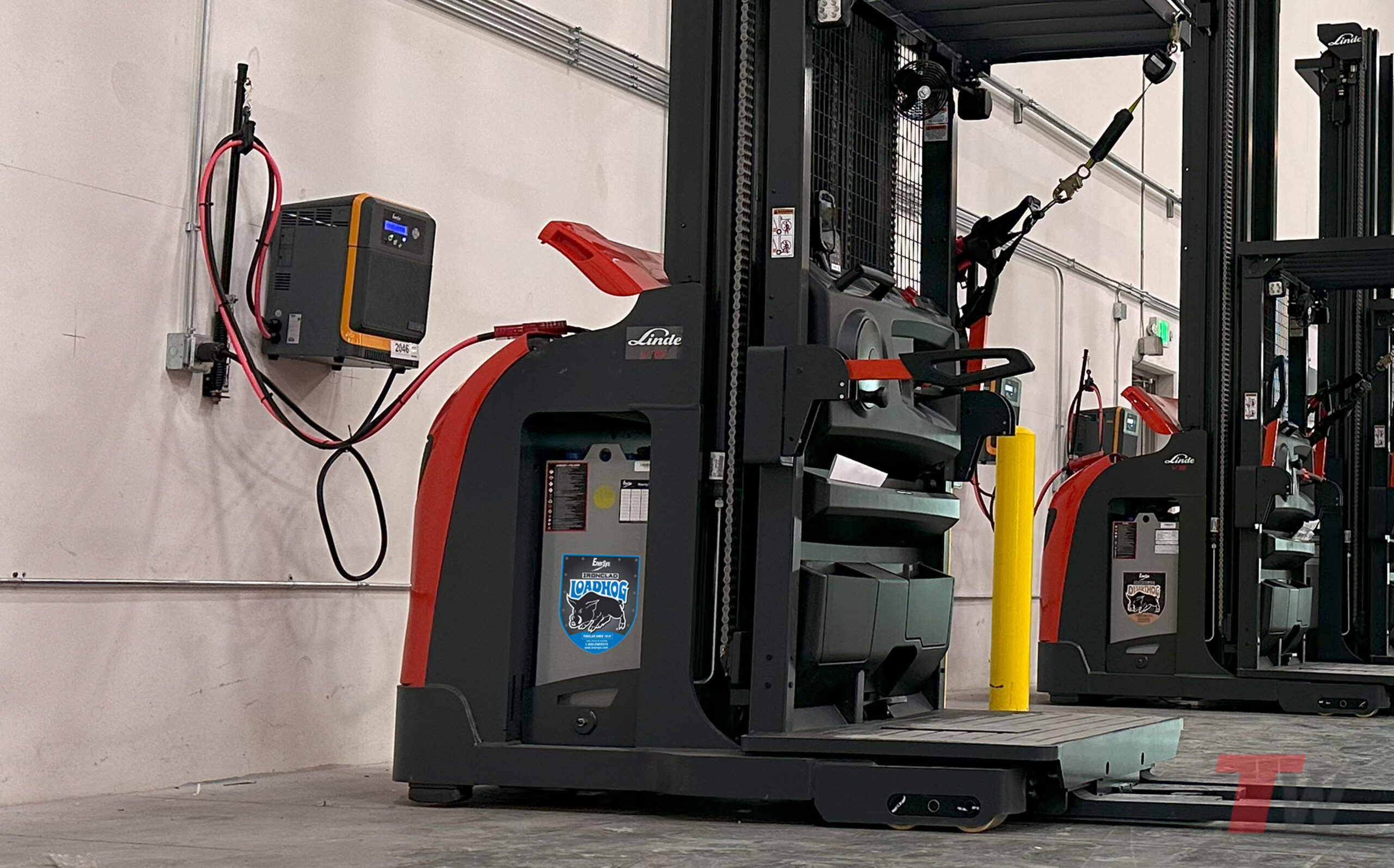
Choosing the right electric forklift battery for your needs ensures reliable, cost-effective performance. Consider key factors like:
1. Application Requirements
Class I electric sit-down lift trucks handle heavier loads and require deep discharge battery cycles. Class II narrow aisle trucks and Class III hand pallet jacks need batteries delivering consistent power for lighter-duty, shorter-duration use.
2. Operating Conditions
Sealed absorbed glass mat (AGM) and gel cell batteries withstand heat, debris, and orientation changes better than flooded lead-acid options. However, the latter allow 30-40% longer runtimes per charge, making them ideal for intensive operation.
3. Recharging Access
Applications with consistent access to charging stations can utilize batteries with lower reserve capacities. Infrequent charging requires higher capacity batteries with longer runtimes between charges.
4. Temperature Extremes
Lead-acid batteries suffer capacity and longevity issues in cold freezer environments, while thermal management-equipped AGM batteries withstand temperature variability.
5. Cost Considerations
While more expensive initially, sealed AGM and gel cell batteries last over twice as long as lead-acid providing better value over 8-10 year lifespans. Lead-acid batteries run efficiently for 3-5 years when diligently maintained.
6. Future Trends
Lithium-ion phosphate and lithium nickel manganese cobalt oxide batteries promise increased longevity and charge rates over lead-acid chemistry. Despite current high costs, future adoption looms large.
Match battery models, capacities, types, and chemistries to your operational realities for maximized value over the ownership lifecycle,, accounting for performance needs and cost parameters.
Following Proper Charging Protocols
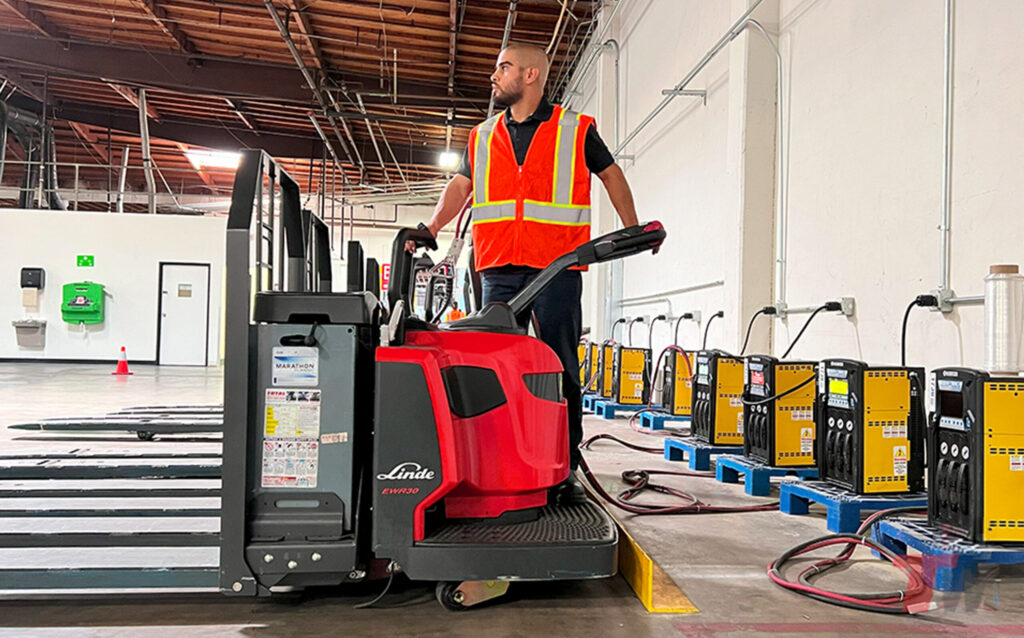
One large key to prolonging the life of your batteries is adhering to proper charging cycles. Adhering to optimal recharging habits preserves battery efficiency and heads off issues before they interrupt operation.
1. When & How to Charge a Forklift Battery
Only deplete batteries 20-30% between charges for minimal capacity loss over time. Deep discharging beyond 80% exponentially accelerates age-related capacity fading.
2. Prepare Properly Before Connecting
Before initiating any charging cycle, confirm battery and connections pass inspection with no corrosion or damage present. Check distilled water levels in flooded lead-acid batteries.
3. Select the Right Charger
Ensure the charger is matched appropriately to the battery type, voltage and capacity to prevent under or overcharging defects. Advanced chargers with multi-stage charging optimize longevity.
4. Monitor Charge Cycle
Follow charger instructions closely throughout activation, charging progress monitoring, and completion including manual equalization modes that balance cell voltages.
5. Exercise Safety
Prevent sparks near batteries and never charge frozen units. Wear proper hand, eye and face protection when handling batteries and electrolyte fluids.
Forklift Battery Maintenance Checklist for Peak Health
While charging the battery preserves energy supply, consistent forklift truck battery maintenance preserves battery efficiency and uncovers impending failures before they interrupt operation.
When Should you Add Water to a Forklift Battery
Regularly inspect flooded battery fluid levels after full charges. Use only approved distilled or deionized water for refills. Low fluid exposes plates to permanent capacity robbing air exposure.
Clean Connections
Remove corrosion on terminals and cable ends using a wire brush and a diluted baking soda solution to neutralize acid buildup. Re-tighten connections to reduce resistance.
Inspect Components
Visually check battery components like cases, cables, and wire connections routinely for any cracks or damage, allowing early repairs before failure.
Address Any Leaking
Cracked batteries leak hazardous sulfuric acid requiring immediate containment and neutralization with baking soda. Always replace leaking batteries.
Analyze Internal Resistance
Use load testers and voltmeters to check cell charge acceptance and isolate failing cells signaling fading batteries requiring replacement.
Keep Detailed Logs
Recording maintenance checks, voltage readings, charge dates, watering, and conditions in maintenance logs help identify issues early.
Schedule Preventive Analysis
Thermographic imaging uncovers temperature abnormalities signaling impending cell failures. Load testing assesses actual versus theoretical capacity at ideal intervals.
Recognizing When Failure Looms
In addition to maintenance inspections, stay alert for key indicators of impending battery failure:
Reduced Runtime or Capacity
Inability to hold full charges between uses signals shorted cells and capacity loss requiring replacement.
Sluggish Operation
Hesitant acceleration, even at full charge, indicates insufficient current to properly power lift motors due to worn cells.
Overheating
Excessive heat buildup during operation exposes unsafe recharging and shorts risks.
Corroded Connections
White flaky buildup on terminals causes resistance, reducing power transfer necessitating cleaning.
Catch battery problems early by scheduling quarterly inspections like thermographic imaging and annual battery load testing, where technicians uncover hidden cell defects before catastrophic failure interrupts operation.
Special Care Tips for Propane Forklifts
While electric rely on battery efficiency, propane-powered units have unique forklift truck battery maintenance needs for optimal performance:
Monitoring Fuel Level
Never let propane tanks run dry. Set a minimum level for tank replacement to prevent work stoppages.
Changing Oil & Filters
Follow manufacturer specifications for oil and filter change intervals closely. Clean oil ensures long engine life.
Replacing Air Filters
Dirty air filters overload engines causing burnout over time. Inspect filters often and replace when restrictive per manual.
Servicing Spark Plugs
Failing spark plugs start hard and run unevenly. Replace spark plugs at indicated intervals to maintain combustion efficiency.
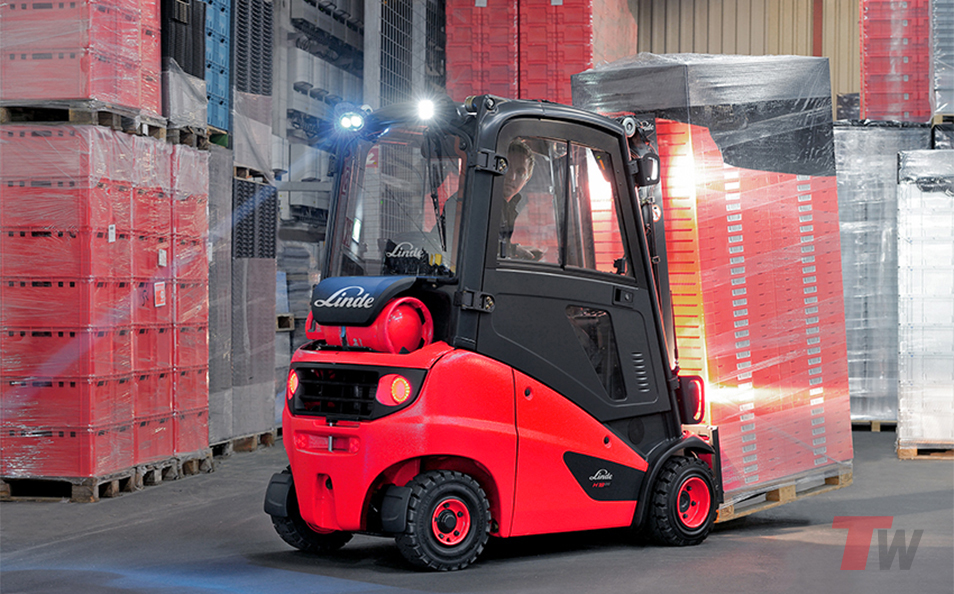
The Power of Prevention
Equipping staff with core battery knowledge, scheduling rigorous maintenance, and investing in advanced charging systems optimizes electric forklift battery performance for years. As leaders in material handling optimization, coordinate upgrades with solutions provider PowerMax to evaluate newer technologies like lithium batteries, hydrogen fuel cells, and fast charging systems, offering extended longevity plus productivity gains for your warehouse operations.
Combining quality equipment investments with targeted training and stringent protocols gives your team the tools and knowledge essential for flawless electric forklift fleet power management, sealing uptime reliability, and customer service productivity advantages for your distribution center.
Conclusion
Proper battery care keeps electric forklifts running nonstop. Follow the recommended steps so your forklift batteries last longer between charges and delay expensive replacements. Checking battery water levels, cleaning connections, and recharging correctly make batteries work like new for years. Know when batteries need replacing before they break down during important use. Upgrading old batteries to newer types with longer runtime gives fewer operation interruptions. Partnering with power experts ensures your forklift fleet always has full battery power. Planning ahead saves money over quick battery fixes when trucks suddenly turn off during critical deliveries. Investing a little time routinely keeps batteries tuned up for best warehouse productivity.

At Total Warehouse, we provide a range of service and parts programs to guarantee that you get optimal value for your investment, along with the most cost-effective ownership experience. We deliver high-quality products and services at competitive prices, representing products manufactured by Linde, UniCarriers Forklift, Big Joe Manufacturing, and Landoll. We’ve helped countless of businesses across the United States achieve lower maintenance, reduced costs, increased worker satisfaction, and increased economic sustainability. Our team of highly knowledgeable experts can help you make the right decision for your business. Give us a call at 833-868-2500 or contact us online.
